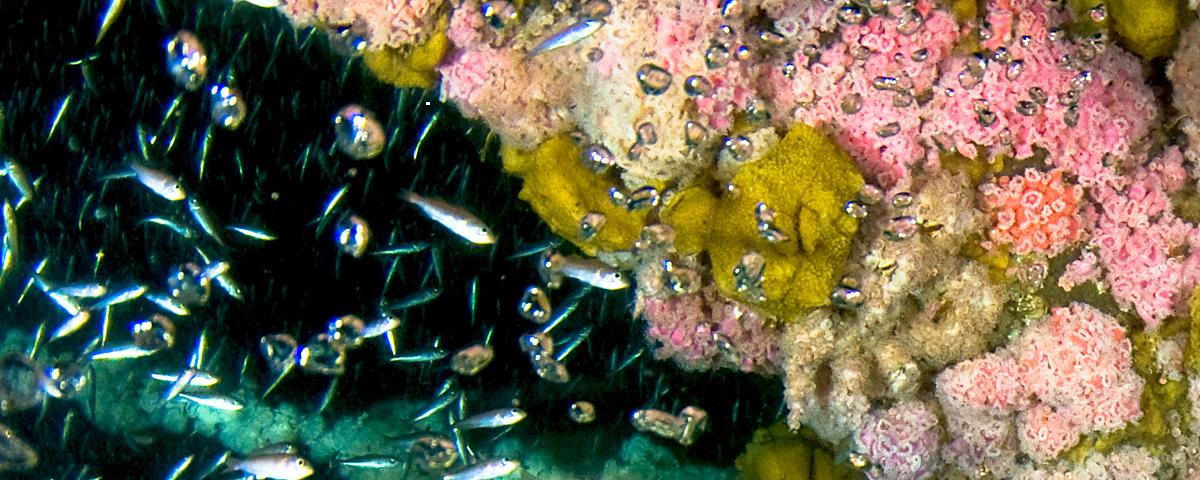Benthic reconnaissance of central and northern California OCS areas.
Abstract
From the Objectives: “1) Conduct field surveys of hard substrate communities at selected sites with the three California OCS Planning Areas and off soft substrate communities at the selected sites within the Central andNorthern California Planning areas, respectively, to obtain quantitative data on species distributions and abundances, on community structure, and selected environmental variables that may affect the biological communities; and 2) analyze statistically the community structure and variability within and among the sampling sites, and integrate information from previous studies to provide area-wide mapping, comparisons, and interpretations.”
From Significant Conclusions: Hard Substrate. “1) The majority of the target hard substrate sites, based on side-scan sonar records, were characterized primarily by soft substrate, presumably representing a sediment veneer over hard substrate; 2) common taxa were highly representative of major differences in substrate type (hard versus sediment veneer); 3) characteristic hard substrate taxa included anemones, feather stars, cup corals, sponges, brachiopods, ophiuroids, and rockfish; 4) characteristic sediment veneer taxas included octopus, sea pens, sea stars, and flatfish; 5) depth, substrate type, and substrate relief were important factors affecting the communities, although the depth relationship was influenced strongly by the predominance of hard substrate only at the shallower survey depths and in some basins; and 6) qualitative comparsions of results from the present study with the MMS Phase I and II programs indicate a high similarity of many of the taxa and communities throughout these California offshore regions.
Soft Substrate: 1) Sediment grain size generally increased with distance from shore, in contrast to commonly observed patterns; 2) major differences in the abundace and composition of the infaunal communities were related primarily to depth and secondarily to sediment type; and 3) combined analyses of data from the present study, MMS Phase I, and the BLM Southern California Bight Program indicate that these communities also differed primarily with depth; differences with geographic location were less pronounced.”

